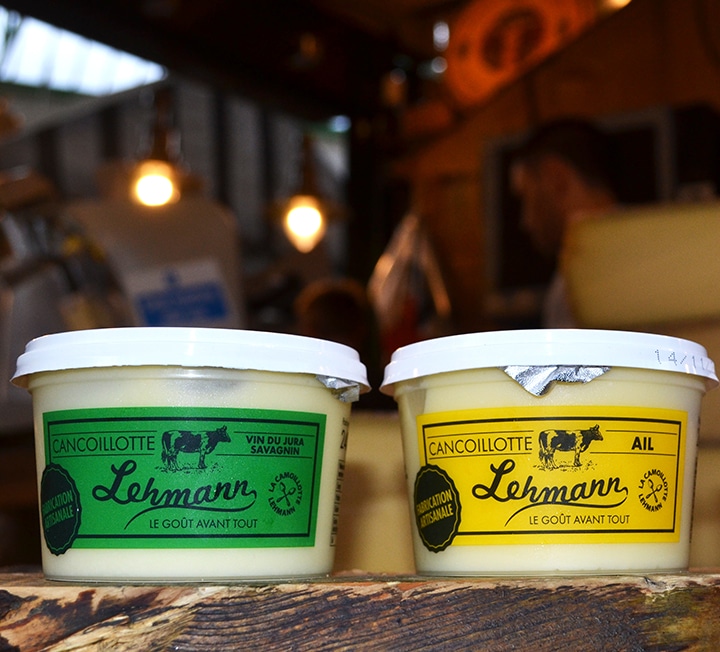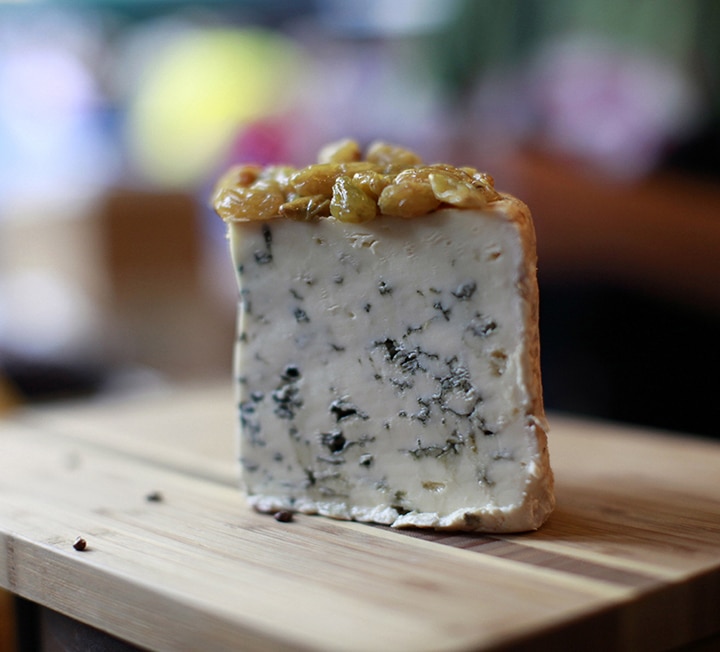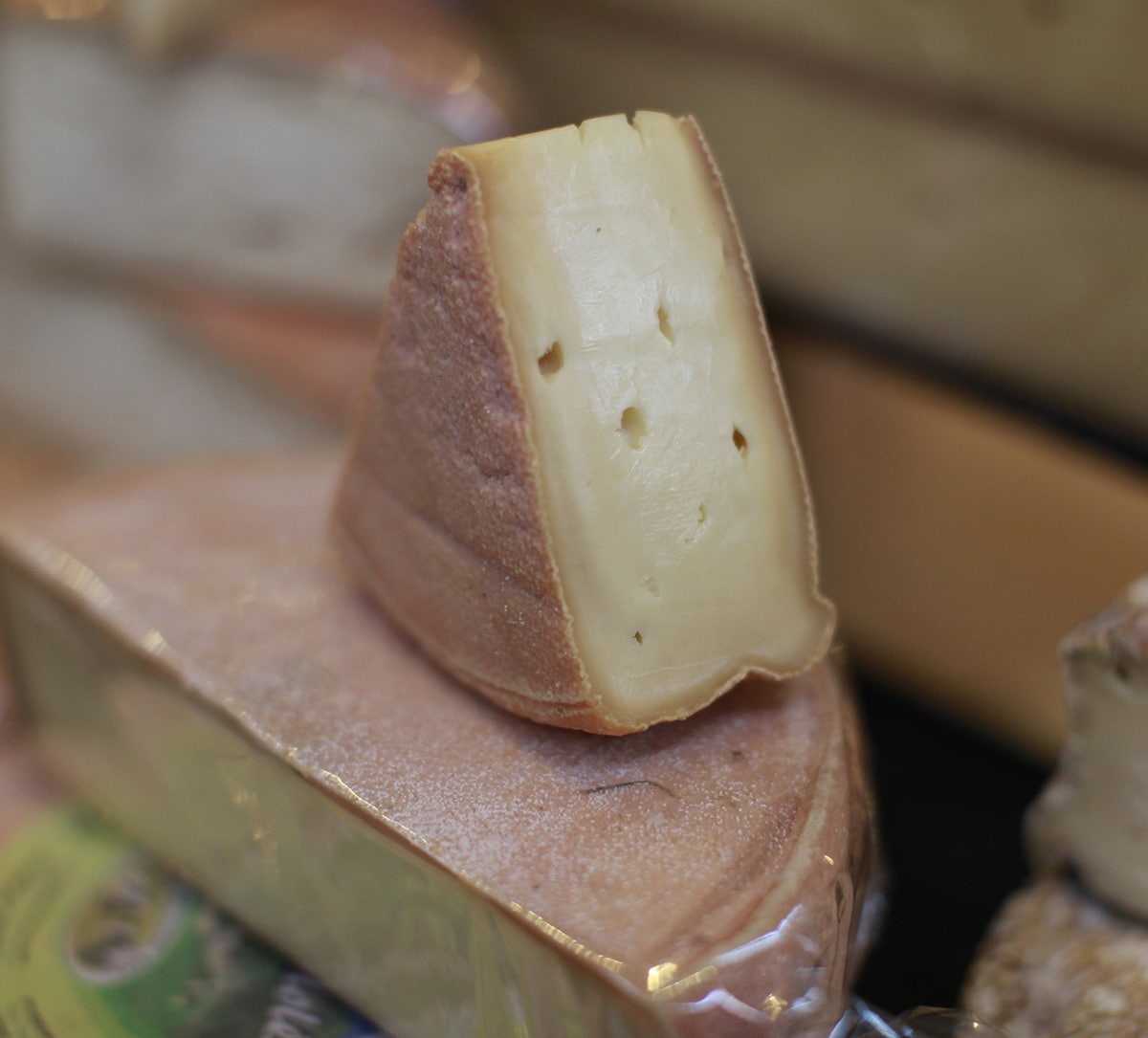Blessed are the cheesemakers: feta
Clare Finney tells the story behind a tangy, sweet and salty cheese from Borough Cheese Company


“THE GEOLOGY AND SEASHORE SETTING OF LESBOS CREATE THE PERFECT FOLIAGE FOR PRODUCING QUALITY MILK AND CHEESE”
Should you ever be so lucky as to find yourself sailing around the Greek island of Lesbos, keep your eyes peeled for a boat full of sheep, manned by a shepherd. It shouldn’t be hard to miss. They’ll be heading to a small island of volcanic rock across the bay to supplement their diet with its unique varieties of mineral-rich herbs. The sheep are a hardy breed, native to the island, and they graze outside throughout the seasons – “not that winter is ever that bad here, but it can get cold in the mountains,” says Dominic Coyte of Borough Cheese Company. “In the summer months they have to find shelter during the heat of the day, and graze evenings and mornings.”
Being one of only a handful of Greek feta cheeses to hold protected designation of origin (PDO) status, the feta of Lesbos is invariably better and certainly more reliable than commercially produced iterations. The island’s geology – “the area producing feta sits on a caldera, which is essentially a volcano that has collapsed on itself” – and seashore setting makes for the perfect foliage for producing quality milk and cheese. “Much is made of the minerality of the Agra area, where our feta is produced, and the benefits to the herbage. There are no olive trees” – the roots of which make for quite bitter milk, if the sheep eat them – “and a real diversity of shrubs, herbs and wild flowers,” says Dominic.
Though best known for his mountain cheese, in recent years Dominic has been alternating mont d’Or, his venerable winter cheese, with this delicate, summery Greek number – its tangy, sweet and salty strains just crying out for fresh cucumber, black olives and tomatoes.
“Our feta is produced by the Tastanis family, who have been making cheese in this area for three generations,” says Dominic. They work with 15 shepherds and 1,500 sheep to produce feta from December to July. Three months ago, he went to visit them and was fed feta on every possible occasion. “We had about 20 courses and each had feta: with fish, wrapped in pastry, warm, cold… it just showed how versatile it is as an ingredient.” Though the majority of feta are a mix of sheep’s and goat’s milk, the Tastanis family make theirs with 100 per cent sheep’s – “so it has a very smooth texture, which is unusual in feta. What I like about the cheese is, that salty sharpness is not so obvious, so slightly fruity flavours can come out in the background.”
The sheep are milked twice a day. “It’s very impressive. Sixty per cent of the herd are milked by hand: I remember this guy sitting on an upturned bucket being jostled by sheep as he quickly milked each one.” The milk is taken to the dairy that morning and again in the evening, filtered, pasteurised and made into cheese. The Tastanis use their own yoghurt to culture the milk. “The most significant thing about feta is the use of salt: dry salting the curd and ageing it in brine,” Dominic explains. Feta varies hugely between regions and producers, but the method doesn’t vary much up until this point. What happens next – how long it matures for and whether that maturation takes place in metal or a wooden barrel – is at the discretion of the maker and seller. “Ours is six months, but it could go a little longer, over which time it will get slightly denser and saltier. I think if you capture it around the six to 10 months mark, it’s perfect,” he continues. “You have that creamy deliciousness. You have that blend of flavours.” You have a cheese savoury enough for a spanakopita, sweet enough for watermelon, rich enough for a salad and creamy enough for our personal favourite: a slice of sourdough toast and a drizzle of Oliveology’s Greek honey.


